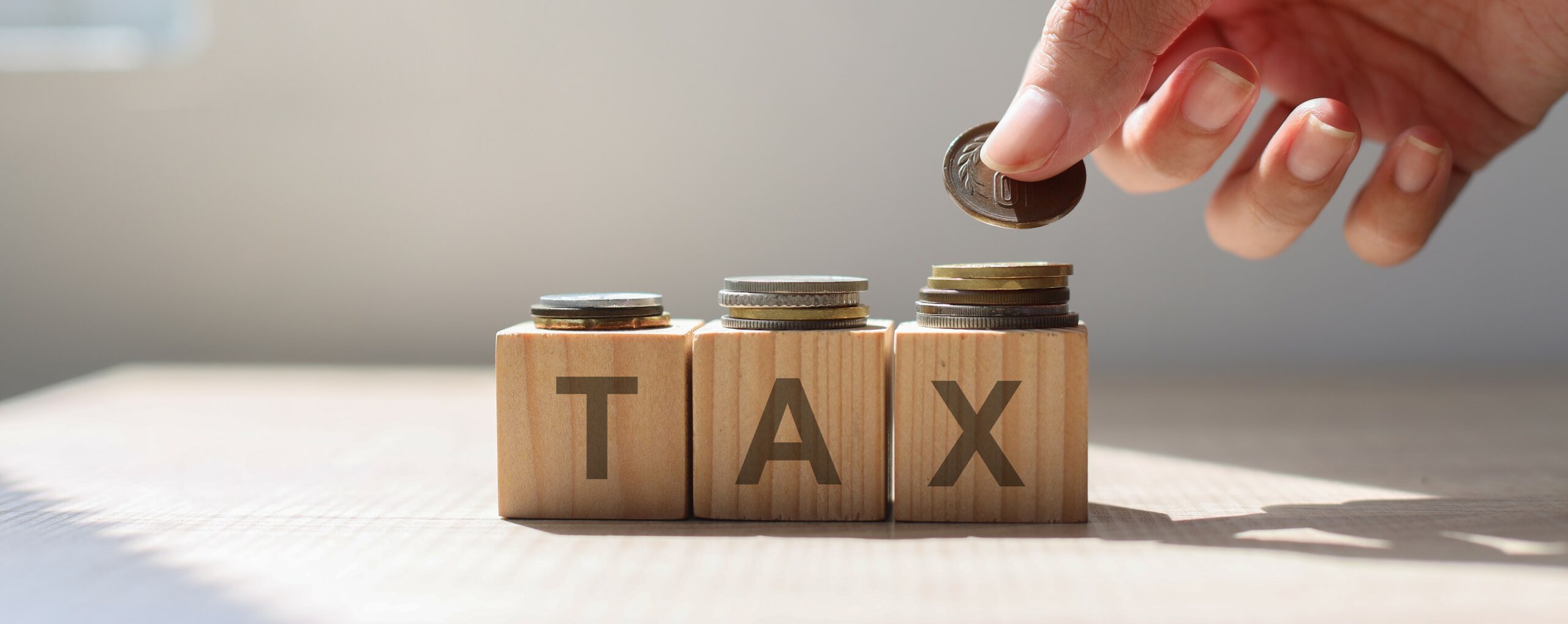If you’re like most people, you have the best of intentions with regard to how you want your estate distributed when you die or your affairs handled should you become incapacitated. Unfortunately, without proper planning, your best intentions may not be enough. Here are seven of the most common estate planning mistakes people make.
Failing to plan. The biggest mistake is failing to create a plan in the first place. Without an estate plan, your assets will be distributed according to the law in the state where you live. Usually, if you are married, your spouse is entitled to a portion of your estate and the rest is divided among other relatives. If you are single, your estate may go to your children, parents, or siblings. If you have absolutely no living relatives, then your estate will go to the state. This is probably not what you want to happen to your assets.
In addition, without an estate plan, you have no way to name who will be the guardian of your children or who will act for you if you become incapacitated.
Doing it Yourself. It is tempting to try to save money by using a do-it-yourself online will service or just writing something up yourself, but these poorly drafted documents may only cost you or your heirs additional money in the end. It is impossible to know, without a legal education and years of experience, what the right legal solution is to any particular situation and what planning opportunities are available.
If there is anything about a family situation that’s not commonplace, using a DIY estate planning program means taking a large risk that can affect one’s family for generations to come. Only an attorney can determine whether a particular situation qualifies as commonplace. The problems created by not getting competent legal advice probably won’t be borne by the person creating the will, but they may well be shouldered by the person’s children and grandchildren.
Consumer Reports’ conclusions on do-it-yourself wills, click here.
The Use of “Quit Claim” Deeds. One of the biggest areas of do it yourself planning that creates tax liabilities that otherwise wouldn’t have existed is the use of “Quit Claim” deeds, often referred to as “Quick Claim” deeds. People don’t realize that the use of the quit claim deeds in order to avoid probate can create multiple tax problems. To learn more on this issue, click here.
For instance, the use of a quit claim deed can result in the transferee (e.g. – the person to whom the property was transferred) paying more capital gains tax than they would’ve normally had to. To learn more on this issue, click here.
Transferring a property via quit claim deed can also result in the uncapping of the taxable value of the property, and the transferee having to pay a higher property tax starting the year after they received the property.
Adding someone via quit claim deed will require the transferee’s, and perhaps their spouse’s, permission in order for you to sell your own property. This loss of control is a real surprise to many people.
Not planning for disability. A properly drafted estate plan not only specifies what will happen to your assets when you die; it also plans for what happens if you become incapacitated. It is important to have documents, such as a power of attorney and health care proxy, that appoint someone you trust to act on your behalf if you can’t act for yourself. For more information on a power of attorney, click here. For more on a health care proxy, click here.
Failing to fund a trust. Once you draft an a trust based estate plan, you aren’t done. If your estate plan includes a trust, you need to actually fund the trust — by retitling assets in the name of the trust or naming your trust as beneficiary (i.e. – for life insurance) — or the trust will be useless.
Not checking your beneficiary designations. You should periodically review your retirement plan beneficiary designations to make sure they aren’t outdated. Retirement accounts are distributed according to the forms you fill out with the insurance company. You need to make sure you have named a beneficiary and the beneficiary is who you want it to be (i.e. – spouse, your trust, etc.) . For more information on making sure beneficiary designations are up to date, click here.
Not reviewing the plan. Once you’ve got an estate plan in place, it is important to keep it up to date. Circumstances change over time and your estate plan needs to keep up with these changes. Major changes that may affect your plan include getting married or divorced, having children, or experiencing an increase or decrease in assets. Even if you don’t have any major changes, you should review your plan periodically to make sure it still expresses your wishes.




